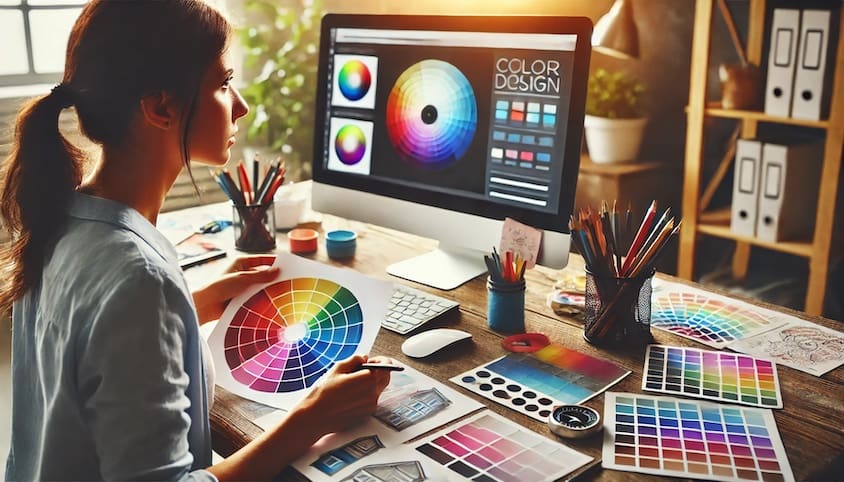Psychological Effects of Colors | Color Charts
What does your website feel like? Something we always ask our clients.
Have you ever thought about how the color of your site makes people feel? We do; it’s our job.
A tremendous amount of time has been spent browsing the internet researching the psychological effects that different color schemes invoke when used in a website design.
Quite often, our clients solicit our advice on what colors should be selected for their website, and equally as frequently, we are asked what sort of emotions specific colors invoke. Even though a website’s psychological effect goes beyond color, the color scheme is usually the first aspect that leaves an impression on a web surfer visiting your website.
It does not matter whether your business website is e-commerce-oriented or more informational; such a first impression can trigger various reactions depending on the mood that the colors elicit in the viewer. The two extremes are the following: the Web surfer feels comfortable with the website and explores deeper, thus becoming a potential customer, or your visitor, after less than a few seconds viewing your website, presses the back button and continues searching.
Here is a simple guide list containing the standard colors and the types of first-impression psychological emotion they may invoke upon the website viewer:
RED: Invokes feelings of love, passion, danger, warning, excitement, food, impulse, action, adventure.
BLUE: Can invoke feelings of trustworthiness, success, seriousness, calmness, power, and professionalism.
GREEN: Can invoke feelings of money, nature, animals, health, healing, life, and harmony.
ORANGE: Can invoke feelings of comfort, creativity, celebration, fun, youth, and affordability.
PURPLE: Can invoke feelings of royalty, justice, ambiguity, uncertainty, luxury, fantasy, and dreams.
WHITE: Can invoke feelings of innocence, purity, cleanliness, and simplicity.
YELLOW: Can invoke curiosity, playfulness, cheerfulness, and amusement.
PINK: Can invoke feelings of softness, sweetness, innocence, youthfulness, and tenderness.
BROWN: Can invoke feelings of earth, nature, tribal, primitive, simplicity.
GREY: Can invoke neutrality, indifference, and reserved feelings.
BLACK: Can invoke feelings of seriousness, darkness, mystery, and secrecy.
Website Design Colors Psychological Effects »
Color Scheme Designer
Colors are essential in promoting your website, products, and services. They can distract or even repel the website viewer. For this reason, I suggest you consider your choice of color scheme. Do not simply choose the colors you like or unusual colors just because they are different. Remember that you are trying to appeal to the broadest possible demographic of website viewers. Be sure your website colors appeal to most, not just some.
Frequently Asked Questions
Why is color important in web design?
How do I choose the right color scheme for a website?
What are some common mistakes with color in web design?
How does color affect user behavior on a website?
What tools can help with color selection in web design?
What is color accessibility in web design?
Should my website use a light or dark color theme?
It depends on your brand and audience. Light themes are typically more readable and universal, while dark themes can feel modern and reduce eye strain in low light settings.
How can I use color to improve calls-to-action?
What are the best practices for using background colors?
Can color psychology be applied in web design?
Yes, different colors trigger different emotions. For example, blue can create trust, red evokes urgency, and green is associated with growth use these strategically in your design.


